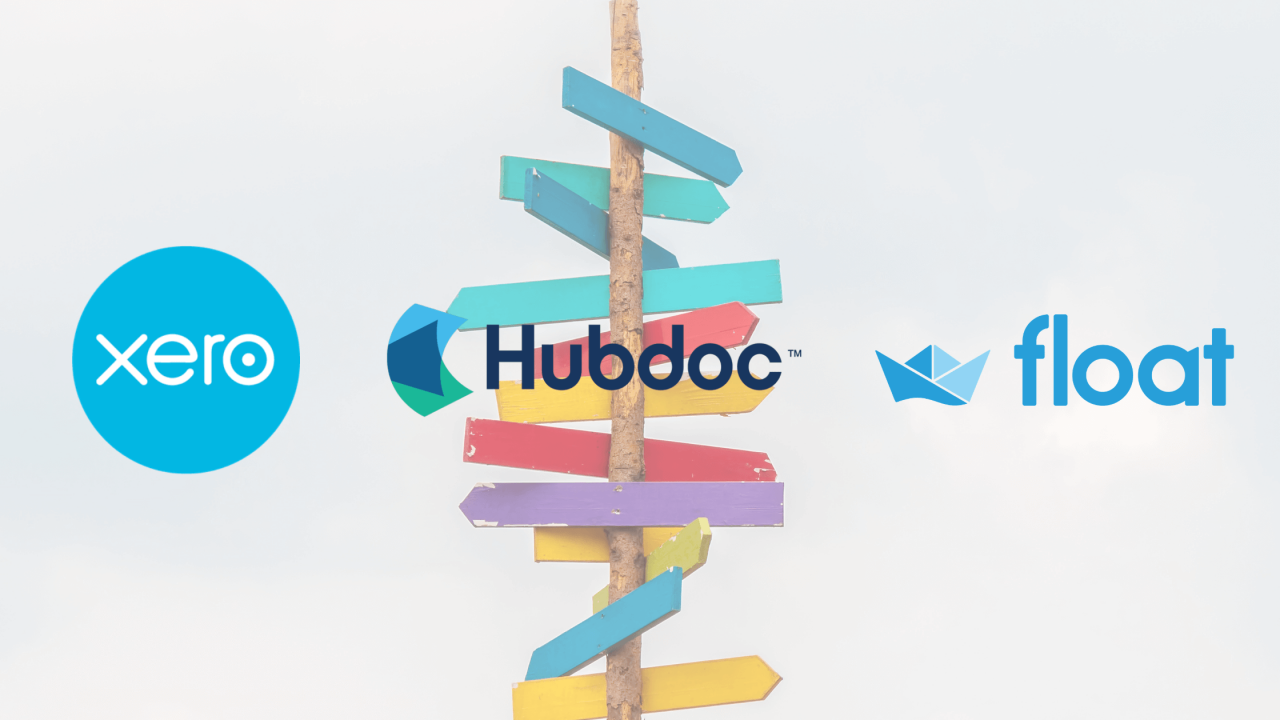3 small business apps to support your finances
When you’re running a business, having the right technology in place should be high on your list of priorities – whether it’s a sales system to keep up with a busy lunchtime rush, or software that can take away the headache of bookkeeping.
But what if we told you that you don’t need a separate app for each part? What if there was a way to have them all talking to each other, so you don’t have to worry about missing anything? That’d be a real game-changer, wouldn’t it?
In this blog, we’ll explain the benefits of using app technology in your business and go into more detail about the core apps we recommend to our clients to help them keep on top of their record keeping.
What is an app?
Simply put, an app is a type of software that allows you to perform specific tasks. Many apps, including the ones we’re going to talk about in this blog, will ‘talk’ to each other to give you synergy when performing a task.
Like most people nowadays, you probably have a smartphone, and that means you’ll be familiar with apps. There are so many, including bookkeeping apps that are designed to make record keeping ‘on the go’ as simple as possible.
Business apps should work together to give you the information you need when you need it, making your business work for you and your life easier. For example, a streamlined system for record-keeping can save you hours, meaning more time doing the things you love!
So, which apps do we recommend to our clients? Our ‘trifecta’ of apps is Xero, Hubdoc and Float.
Let’s find out about each of these apps, and how they can come together to give you fantastic visibility of your business.
Xero
If you’ve visited our site before, you’ll know that Xero is our bookkeeping software of choice.
The beauty of Xero is that it can be used for almost any type of business, from a one-person micro business to a large one requiring lots of systems in sync with each other.
Collaboration is key here, as Xero is cloud-based. This means your entire team can have access (with the appropriate access rights of course!), and your accountant or bookkeeper can oversee and even manage the day to day for you, without having to share data backups, as they did with old desktop-based solutions.
Xero is powerful on its own, but when you start connecting apps and get them talking to each other through automation, this is when the magic really happens.
Almost every bank can now be connected to Xero through the ‘OpenWorks’ API, which is a secure connection to your business bank account. The transactions from the bank account are pushed through to Xero, so you’ve got an up to date look at what your business bank balance is.
Please note that Xero cannot make payments through this API, it purely pulls the transactions through line by line.
If you’re interested to learn more, here’s a blog we wrote about Xero and how it works.
Hubdoc
So, you’ve got Xero in place – great! Now, how do you get the information into Xero?
You could manually add it, but there’s not much point in using a cloud system in this way.
We like to use the phrase, “garbage in, garbage out”, which generally means, the data is only as good as the person entering it, and if you don’t have the required knowledge to accurately ‘book-keep’, then you’re not going to get good data out a pretty pointless exercise.
This is where Hubdoc comes in.
If you’ve got lots of receipts and invoices lying around the kitchen table, being stuffed into envelopes or carrier bags, then you’re missing out on getting a real understanding of your business finances.
The ink on receipts eventually fades, and by the time you give that bag to your bookkeeper or accountant, are they going to be able to make out what the receipt is for? If you’re hit by a flood or a fire, are your records flood and fireproof? Once those receipts are gone, they’re gone for good, and even the HMRC can’t save you!
Hubdoc is a receipt capture app that comes FREE as part of your Xero license. All you need to do is open the app on your smartphone and use it to photograph your receipts.
We recommend you do this as soon as you get the receipt because it’s then stored electronically. If the image is legible, then you can recycle the receipt there and then.
No one wants to store boxes and boxes of paperwork for years! Think about all that extra space you’ll gain in your office, or at home! #winning
At this point, Hubdoc comes into action.
It reads the data on the receipt and sends it on its way to Xero (along with a copy of the image), where your bookkeeper or accountant can match it to the bank transaction in Xero.
If you often get invoices in a PDF format or on the body of an email, you can also email those in using a personal Hubdoc email address.
You guessed it, we’ve also written a blog about Hubdoc, in case you’re interested to know more about it.
So, you’ve got the data entry covered. Now let’s use that data to make better decisions.
Float
Once you’ve got your business information in Xero, and you’ve got Xero and Hubdoc talking to each other, it’s time to look at what the next month, 6 months, or even the next year looks like for your business.
Ask yourself these two questions:
- What is your cash balance right now?
- What do I expect my cash balance to be in 6 months’ time?
Once you connect Float to Xero, it will help answer those questions for you. Cash isn’t always the amount in the bank, especially if you’ve got pending payments due, and money about to hit your account. You also need to look at your commitments, and what recurring bills you have.
Float will pull the data from Xero and generate a cashflow chart detailing your expected cash flow balances for the coming year. This is why it’s really important to have good data flowing into Xero!
If you see a drop in cashflow ahead of time, it will make decision making much easier as you can put plans in place to help improve your cashflow.
Float can also help you formulate a growth plan, and what cash is needed to achieve those plans, for example:
- Do you need another member of staff?
- Do you need new equipment?
- Do you need extra funding to cover the initial investment?
Ok, great, but how are you going to fund those if you decide the answer is yes?
Our next blog will be specifically about Float, but whilst you wait, head on over to our dedicated Float page.
Better data helps you make better decisions for your business
With these 3 apps, you’ll be ready to make better decisions based on the information in front of you, and your records will be in tip-top condition.
Hey, it may even save you some extra tax too!
Now you know more about how apps can work together, find out in our upcoming webinar on Thursday the 25th of February 2021 at 10:30.
You’ll learn all about how you can supercharge your cashflow in 2021 by making plans and using automation and apps to help you do that.
We’ll be joined by Josh Horsman from Float, who will be giving a demonstration about Float and how it can help you get ahead in 2021, and make better cashflow decisions for your business.




